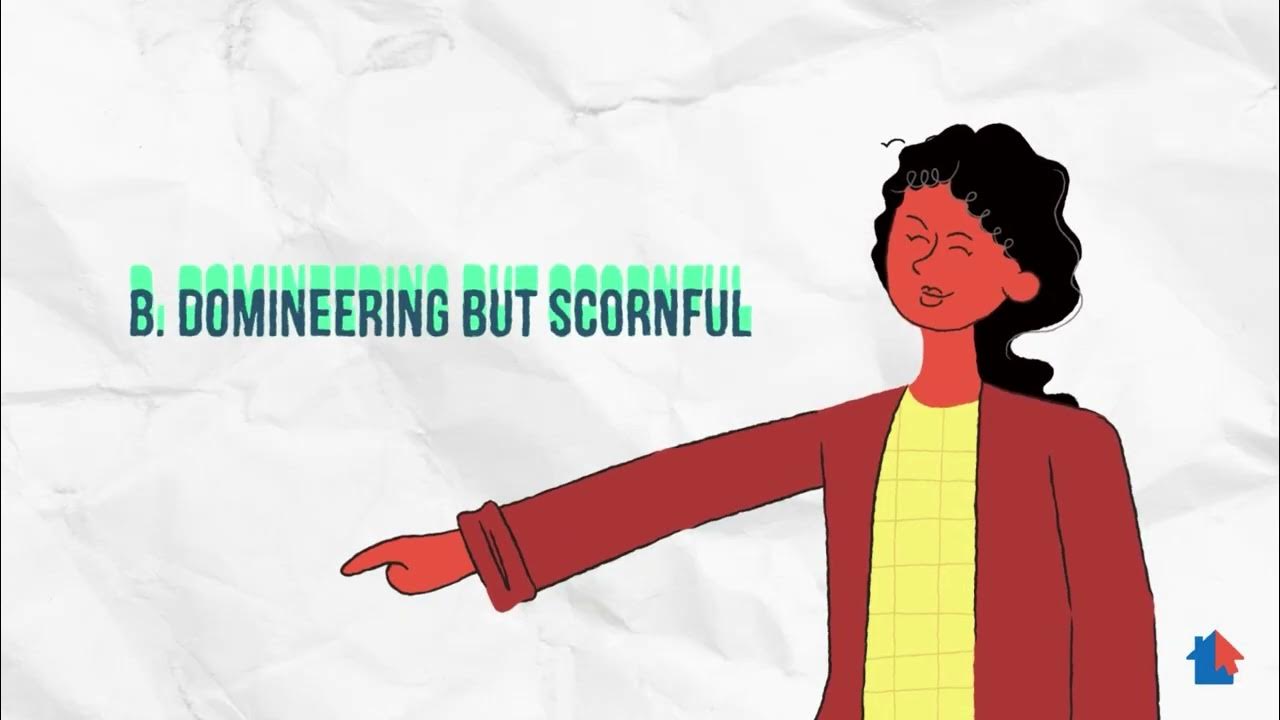Behaviorism
Summary
TLDRIn this educational video script, students are guided through the process of identifying key story elements to enhance their reading comprehension. The instructor emphasizes the importance of characters, setting, and plot, breaking down the components of a plot into problem, events, and solution. Interactive activities, such as using cootie catchers for practicing definitions and graphic organizers for identifying story elements, are employed to engage students. The session concludes with an assignment to apply these skills to a reading passage, fostering a deeper understanding of narrative structures.
Takeaways
- 📚 The class is learning to use story elements to understand and comprehend stories better.
- 👥 Characters in a story are defined as people or animals that can be found in the story.
- 📍 The setting is the place or time where the story takes place.
- 📚 The plot is divided into three parts: problem, events, and solution.
- 🔍 The problem is what the character is trying to solve or fix.
- 🏃♂️ Events are the actions the character takes to solve the problem.
- 💡 The solution is how the character ultimately solves the problem.
- 👀 Students are encouraged to actively engage with the material by mirroring the teacher's actions and reviewing story elements.
- 📖 The class practices identifying story elements using a short story about a lonely prince and a frog.
- 🤔 Students are tasked with filling out a graphic organizer to identify characters, setting, problem, events, and solution in a given text.
- 🎲 Students will use dice to answer questions related to the story elements, writing their answers on the back of the graphic organizer.
Q & A
What is the main focus of the lesson in the transcript?
-The main focus of the lesson is to teach students how to use story elements to understand and comprehend a story.
What are the three main story elements discussed in the transcript?
-The three main story elements discussed are character, setting, and plot.
What is a character in the context of a story?
-A character is a person or an animal that can be found in the story, playing a significant role in the narrative.
What does the setting represent in a story?
-The setting represents the time and place where the story takes place, providing the backdrop for the events in the story.
Can you explain the three parts of the plot as mentioned in the transcript?
-The three parts of the plot are the problem, which is what the character is trying to solve; the events, which are the actions the character takes to solve the problem; and the solution, which is how the problem is resolved.
What activity is used to help students practice defining the terms for story elements?
-The activity used is a 'cootie catcher' game where students work in pairs to pick colors, numbers, and define terms related to story elements.
How does the teacher in the transcript ensure that students are actively participating and paying attention?
-The teacher uses call-and-response techniques, asks for volunteers, and gives specific instructions to engage students, such as 'check the mirror' and 'roll those wrists'.
What is the example story used to practice identifying story elements?
-The example story is about a lonely prince who is asked by a frog to kiss it, which leads to the prince turning into a frog and living happily ever after.
What is the final task the students are given in the transcript?
-The final task is for students to work with assigned partners, read a passage, fill out a graphic organizer with story elements, and answer questions based on a dice roll.
How does the teacher plan to extend the lesson beyond the classroom?
-The teacher plans to send a note home to parents explaining the strategy so that they can use it at home with their children, helping them to read and analyze stories.
What is the significance of the 'learning position' mentioned in the transcript?
-The 'learning position' is a classroom management technique used by the teacher to quickly and quietly get students' attention and ensure they are ready to learn.
Outlines

Dieser Bereich ist nur für Premium-Benutzer verfügbar. Bitte führen Sie ein Upgrade durch, um auf diesen Abschnitt zuzugreifen.
Upgrade durchführenMindmap

Dieser Bereich ist nur für Premium-Benutzer verfügbar. Bitte führen Sie ein Upgrade durch, um auf diesen Abschnitt zuzugreifen.
Upgrade durchführenKeywords

Dieser Bereich ist nur für Premium-Benutzer verfügbar. Bitte führen Sie ein Upgrade durch, um auf diesen Abschnitt zuzugreifen.
Upgrade durchführenHighlights

Dieser Bereich ist nur für Premium-Benutzer verfügbar. Bitte führen Sie ein Upgrade durch, um auf diesen Abschnitt zuzugreifen.
Upgrade durchführenTranscripts

Dieser Bereich ist nur für Premium-Benutzer verfügbar. Bitte führen Sie ein Upgrade durch, um auf diesen Abschnitt zuzugreifen.
Upgrade durchführenWeitere ähnliche Videos ansehen

Focus Lesson on Asking Questions in Kindergarten

Video WEEK 12 MKU BING

Toefl reading comprehension skill 1-2

Learn How to Identify the Main Idea of a Passage | GED® Language Arts

MAIN IDEA, CLAIMS of FACT, POLICY & VALUE | ENGLISH 7 | QUARTER 4 | Week 2 | MATATAG Curriculum

MATATAG English 4 Quarter 1 Week 1- Listening & Reading (Comprehend Literary Text)
5.0 / 5 (0 votes)
